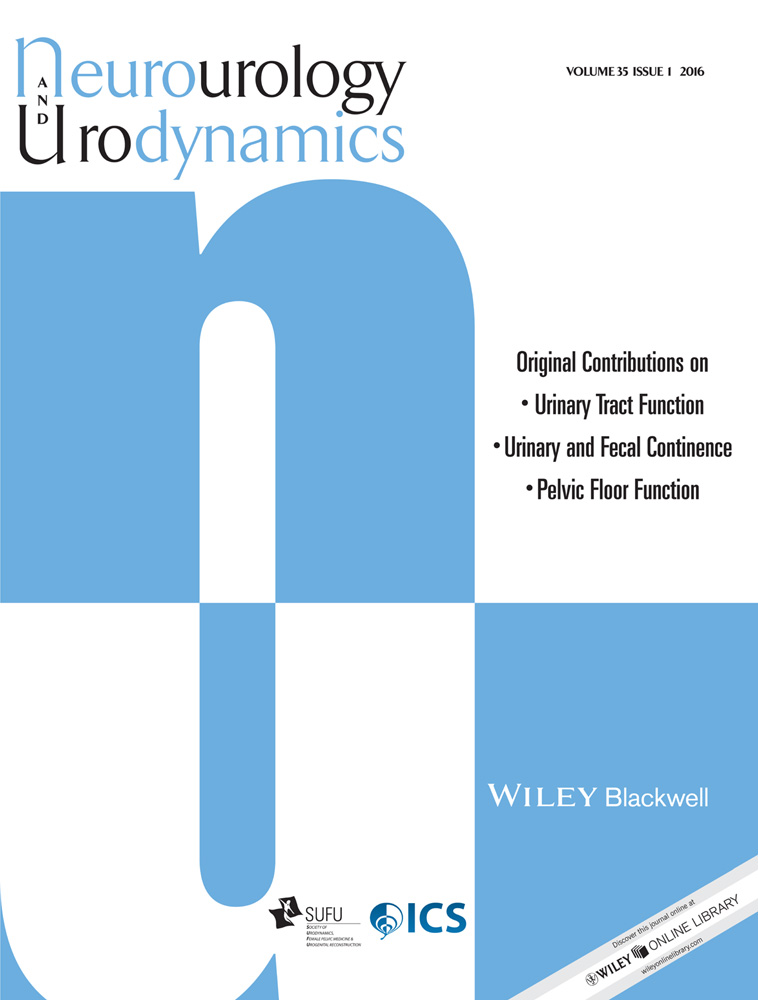Bacterial uropathogens and antibiotic susceptibility of positive urine cultures in women with pelvic organ prolapse and urinary incontinence
Abstract
Aims
The aims of the study are to describe the speciation and resistance patterns of positive urinary cultures in women with pelvic floor disorders (PFDs) and those undergoing pelvic reconstructive surgery.
Methods
Urine cultures with a colony count of >105 CFU and <3 isolated uropathogens at a tertiary care Urogynecology practice over a 5-year period for patients with anterior wall dominant pelvic organ prolapse (POP) or urinary incontinence (UI) were identified. Speciation and culture sensitivity data were described for each group and compared to a control group who did not currently have a PFD and who had not undergone pelvic surgery within a year of their positive culture. Additionally, early post-operative UTIs (≤6 weeks) and late post-operative UTIs (>6 weeks but ≤1 year) were compared.
Results
1,306 positive urine cultures over the 5-year period with 51 different species of uropathogens were identified. The percentage of Escherichia coli identified was not significantly different between groups: POP 57.1%, Stress UI 58.4%, Urge UI 54.3%, non-operative controls 54.3%. Cultures obtained from patients on prophylactic antibiotics were significantly less likely to have E. coli (adjusted OR 0.45, 95% CI 0.22, 0.89, P < 0.0216). Non-E. coli cultures were more common in the early post-operative period compared to the late post-operative cultures (69% vs. 41%, adjusted OR 0.33, 95% CI 0.22, 0.48, P < 0.0001).
Conclusions
Patients with PFDs who develop UTIs have rates of non-E. coli over 40% of the time. Treatment based on culture and antibiotic sensitivity data should be considered. Neurourol. Urodynam. 35:69–73, 2016. © 2014 Wiley Periodicals, Inc.




